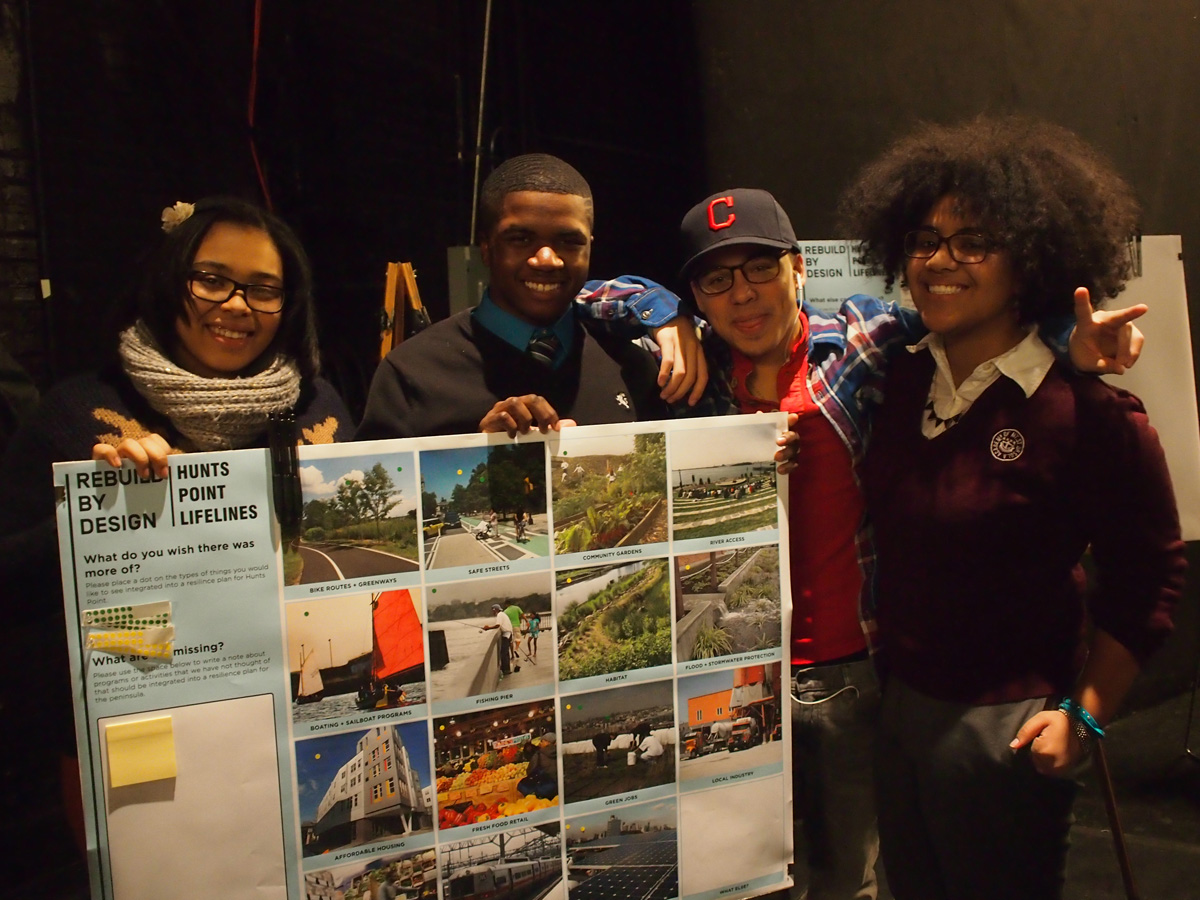Rebuild by Design (part of LSE Urban Age “Shaping Cities”)
Explores the spatial and social dynamics of cities worldwide, including a section that focuses on Rebuild by Design as written by Rebuild Principal Henk Ovink.

Since the Hurricane Sandy competition, Rebuild by Design, and the processes that were inspired by that work including, the National Disaster Resilience Competition, the Bay Area Resilient by Design Challenge, Water is Leverage, and others, have sparked interest in communities, governments academics, and researchers. To help researchers understand more about our work, and to continue to contribute to a growing portfolio of writings about the work, we have launched this library as a resource for all who are interested.
We would like to thank the University of Groningen for their partnership in locating and cataloging the articles and books that have examined our work. If you know of a resource that is not listed here, please let us know by sending an email to info@rebuildbydesign.org
If you are looking for the Hurricane Sandy Competition archives, please visit the New York Historical Society here.
Explores the spatial and social dynamics of cities worldwide, including a section that focuses on Rebuild by Design as written by Rebuild Principal Henk Ovink.
Discusses what games and play can reveal about contemporary processes of urbanization and examines how gaming, in models like the Resilient by Design Bay Area Challenge, can help us understand
Explores how communities around the U.S. have built local climate resilience, with a Foreword from Amy Chester, Managing Director of Rebuild.
Water: Focuses on the role of international resilience programs and investigates how these programs can enable institutional transformation.
SeaCities: Focuses on presenting Water as Leverage proactive integral design strategies in three Asian cities: Khulna, Chennai and Semarang. Through the three projects, the chapter shows how several water management
Sustainability: Addresses the contemporary debate on urban and environmental regeneration, investigating the need to establish new criteria to implement the defence of coastal ecosystems by climate problems. It looks at